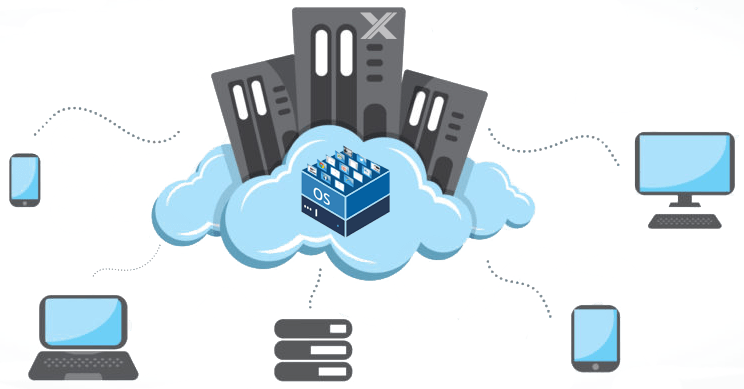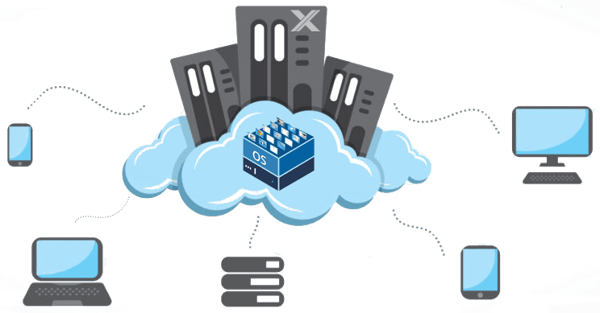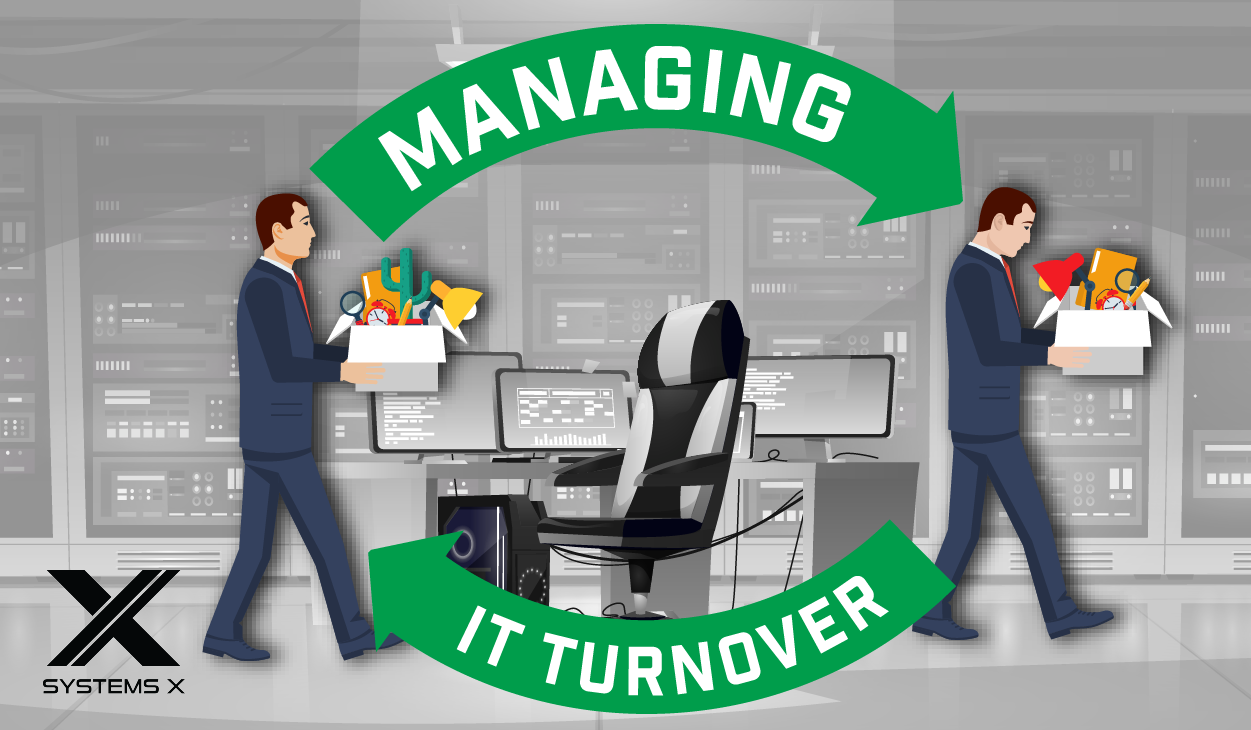How an IT Service Provider can Support a Remote Workforce
Remote work arrangements seem like they are here to stay, but are they feasible? Before the pandemic, only a handful of companies advocated for a...
2 min read
 Mike Brattain
:
Feb 24, 2020 11:30:00 AM
Mike Brattain
:
Feb 24, 2020 11:30:00 AM


Now that working remotely is the new “thang”, are you finding it more difficult for you and your employees to access company data needed from your work computer? If so, you are realizing that it is a pain in the “you know what” to install, update and patch applications, back up files, and scan for viruses on your own devices. Not to mention trying to streamline the management of software assets. Most of these problems can be eliminated by utilizing a Virtual Desktop Infrastructure as a solution. This post will introduce you to VDI and some of it’s benefits.
So what exactly is a Virtual Desktop Infrastructure? It is a virtualized desktop technology that allows employees flexible access to their workstations remotely. The operating system, applications, data and software are stored centrally on a remote server using unique log-in credentials, and managed by an administrator.
Reduces the costs associated with maintaining and updating equipment. Patches, upgrades, and updates can be made to your company’s unique centralized hard drive image and then pushed out to the entire network, rather than having to patch or update each individual machine one by one. This saves a ton of man hours and headaches.
The cloud’s capacity isn’t infinite, but it’s close. By using virtual desktop technology, each user will have access to a much greater storage space for applications and files than they would have on a hard drive on their device. This is particularly important if you work with mobile devices, such as smartphones or tablets, as they don’t tend to have large storage capabilities.
Whatever happens, data is backed up in the cloud and the virtual desktop infrastructure can be accessed remotely. In this way, companies reduce the possibility of interruption to their business to practically zero.
Individual work spaces become available at all times, regardless of where the employee is or what access device they’re using. This allows them to maintain their rhythm of work, without interruption, during a journey or from home, if necessary.
Working on a virtual desktop means that the data is not on the device, it's stored in the cloud. Therefore, in the case of a fault, theft or cyber-attack on the physical device, the information is safe and backed up by one or various copies in the cloud.
VDI allows you to manage all your company’s systems, data and software centrally. This makes updates, backups, virus scans and other maintenance tasks far easier to perform. This centralized management is also an advantage in growing to scale.
According to a report by Allied Market Research,The global cloud-based VDI market was valued at $ 3,654 million in 2016, and is projected to reach at $ 10,154 million by 2023, growing at a CAGR of 16.5% from 2017 to 2023. These numbers will be much higher due to the recent events of 2020.
Now that you know the benefits that VDI can bring to you and your company, are you ready to get connected to what’s next with Systems X ?

Remote work arrangements seem like they are here to stay, but are they feasible? Before the pandemic, only a handful of companies advocated for a...

IT administrators manage everything from network infrastructure to cybersecurity, ensuring that your company’s technological framework is robust and...